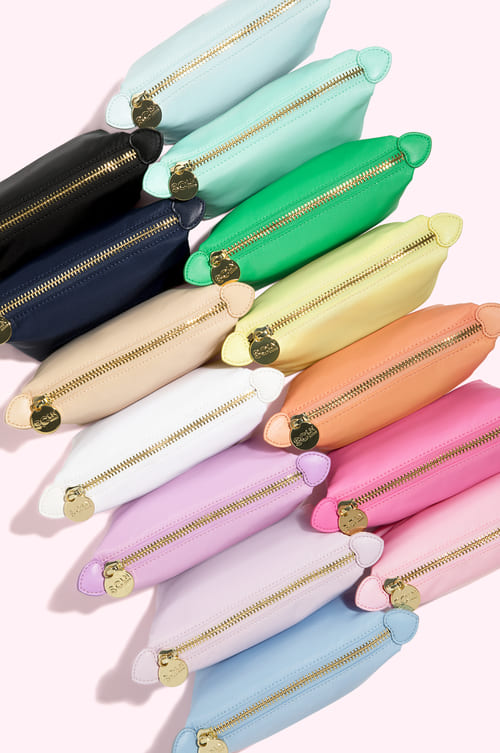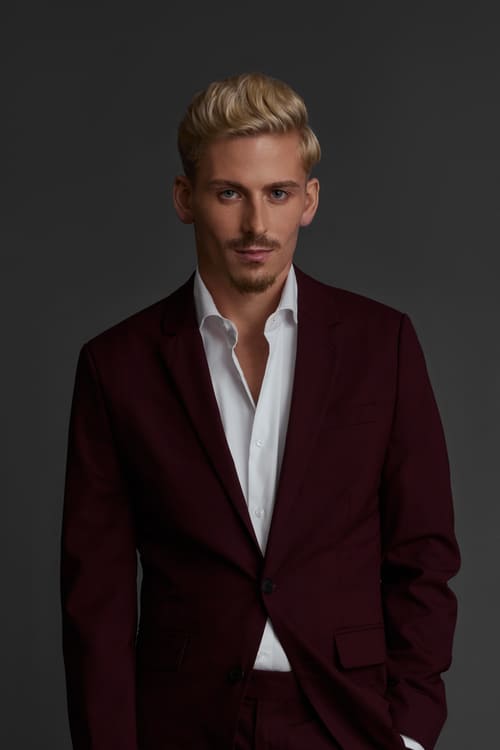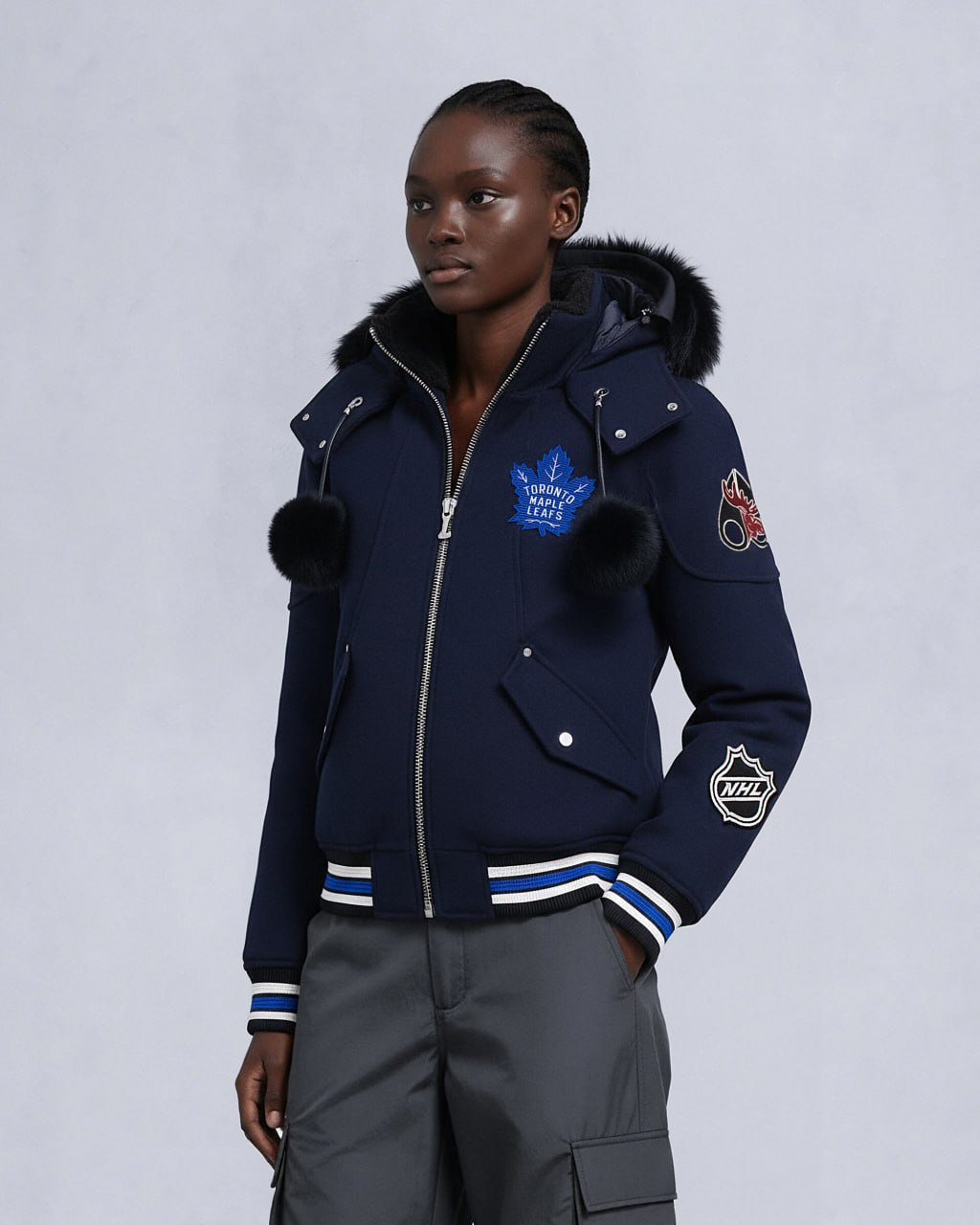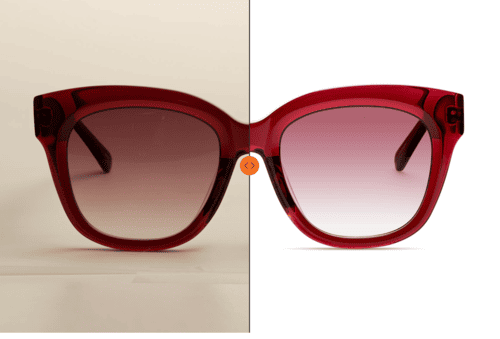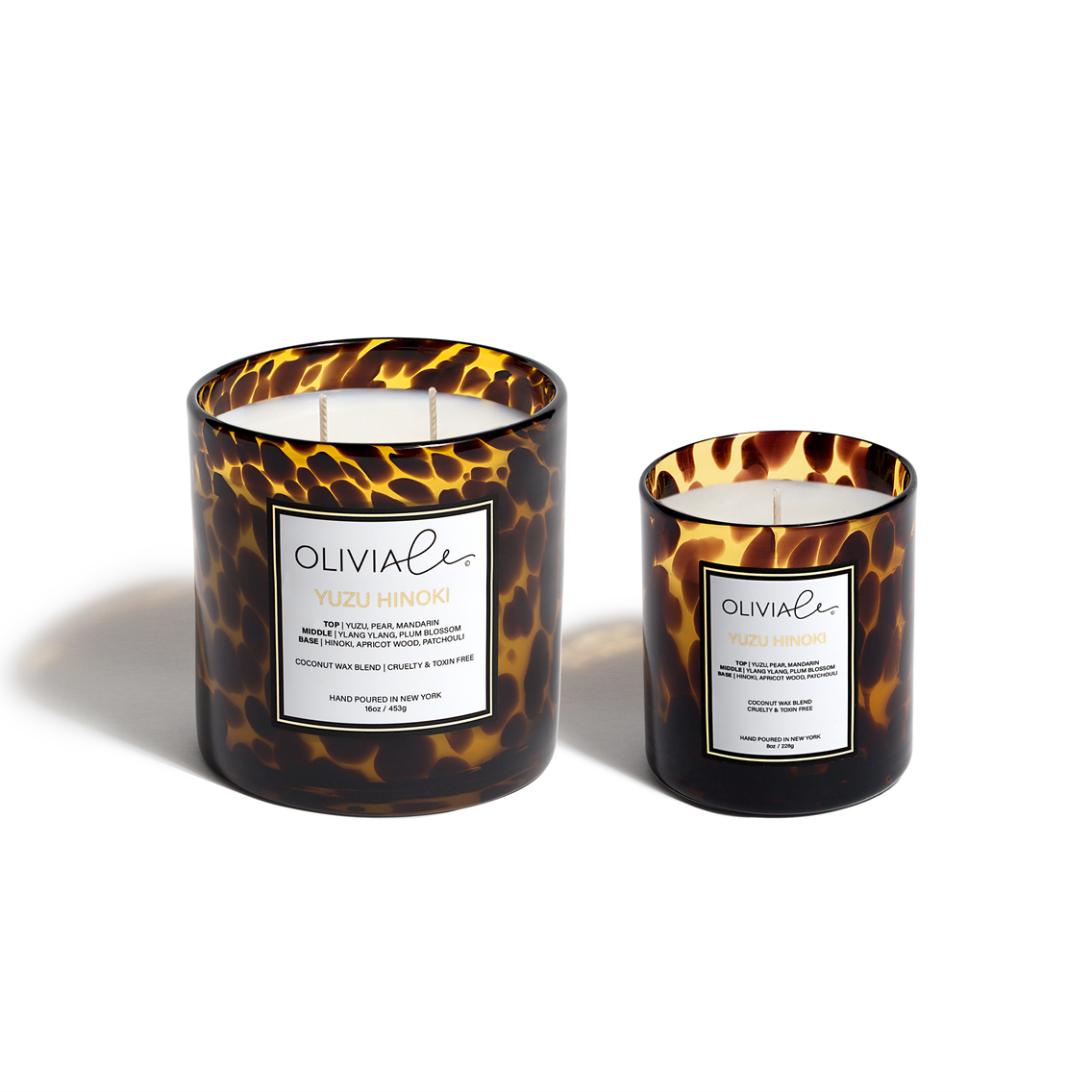Understanding the eCommerce Video Content Production Process and the Team Involved
Video content has become a cornerstone of brand communication. Whether you’re launching a new product, building brand awareness, or running performance ads, the right video can shape how your audience sees you, trusts you, and buys from you.
But the reality most business owners overlook is that creating high-performing video content is a complex, multi-stage production that involves coordinating over a dozen specialized roles from creative direction and cinematography to post-production and quality control.
Understanding how the video content production process works empowers you to make smarter decisions, communicate more effectively with your production partners, and ensure your investment delivers the results your business needs.
This article breaks down every step of the process, introduces you to the key players on a professional video team, and explains what happens behind the scenes so you know what to expect, what to ask for, and how to plan your next video production like a pro.

Why Knowing the Video Production Process Helps You Make Better Business Decisions
From Idea to Impact: Why Process Awareness Equals Control
When you understand the stages and roles in video production, you stop being a bystander on your own set and become the decision-maker. With this knowledge, you will be able to guide the creative direction, plan your expenses, and recognize when something’s off track.
Think of it like building a house. If you are too preoccupied with the way a house looks, you will overlook structural problems if you have no engineering expertise. Similarly, if you take part in the concept creation for your video without knowing what happens throughout the production process, you risk delays, budget blowouts, or worse, a final result that doesn’t reflect your brand.
Knowing what it takes to produce a quality video campaign puts you in control of the whole process. You know which deliverables to request. You can sharpen vague proposals with smart questions. You avoid miscommunication that leads to costly reshoots.
There’s no need to become a professional in each role used to produce a video. All you need to know is how those roles work together to create a cinematic masterpiece that you can curate it to your brand's desires.
Aligning Business Goals With Video Content Creation
Your video should work hard for your business. That means video content production needs to be aligned with your goals (e.g., conversions, brand awareness, product education). Is this a 15-second performance ad? A hero brand film? A how-to for product onboarding?
Different goals require different plans, styles, crew size, and post-production. This alignment is what separates brands that use video as a growth lever from those who burn through budgets chasing trends.
Related read: Maximizing Online Sales with Different Types of High-Quality eCommerce Visual Content: A Comprehensive Guide
Overview of the Video Production Workflow and Stages
The Three Main Phases of Video Production
Professional video content production follows a structured process broken down into three main phases. Each phase involves specific roles, tools, and deliverables that move the project along. Skipping or underestimating any of them can derail the final result.
1.Pre-Production This is the planning phase. It’s when the concept is developed, the script is written, the visual style is defined, the team is assembled, schedules are locked, and logistics are mapped. If pre-production is weak, everything else suffers. | 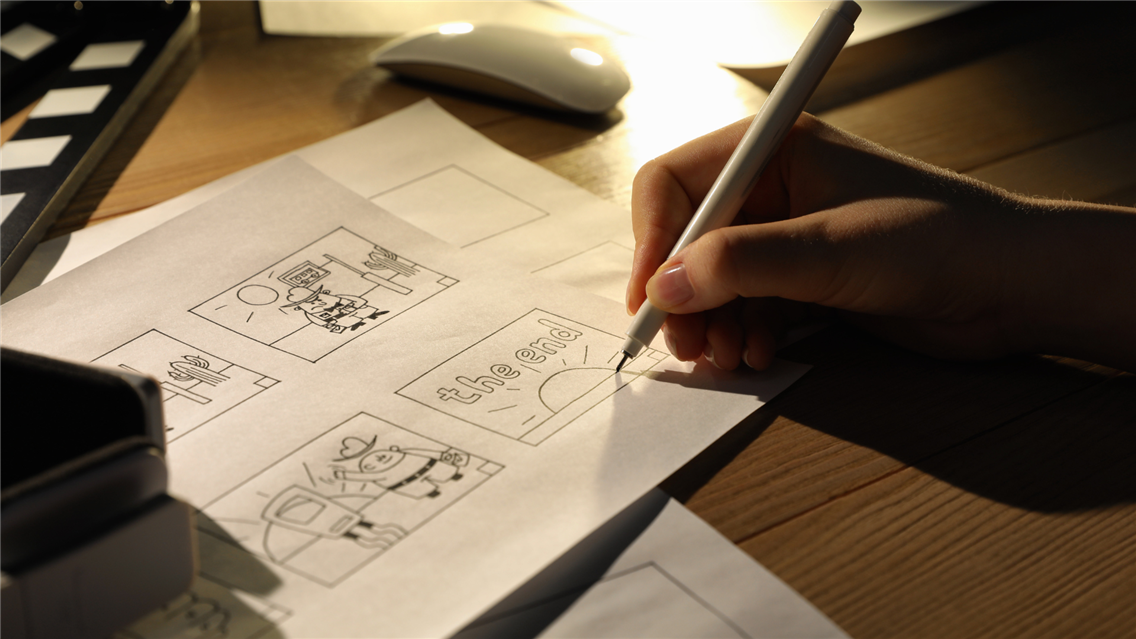 |
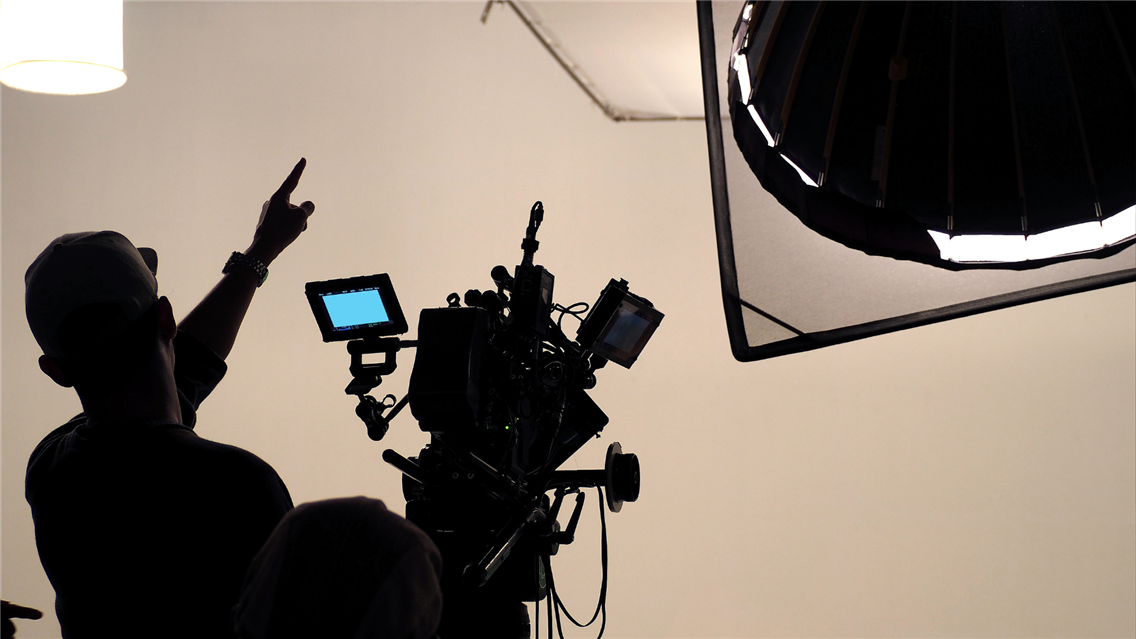 | 2.Production (On-Set) This is when the camera rolls. The crew sets up lights, directs talent, captures footage, and records sound. It’s a high-intensity phase, and the better it’s prepped, the smoother it runs. |
3.Post-Production This is where the footage is transformed into a finished asset. Editors cut and arrange shots, colorists grade the visuals, sound designers clean up the audio, and animators add graphics or branding. |  |
Each phase builds on the one before it. Smart brands don’t just show up on shoot day and hope for the best; they engage in the process from the concept phase to visual assets delivery.
How Workflow Efficiency Impacts the Final Result
Things go wrong when you compress or overlook parts of the video production workflow. Timelines stretch, costs spike, and the final product underperforms.
Here’s what an efficient production process unlocks:
- Clear correlation between business goals and creative execution.
- Tighter timelines because each person on set knows their part and how to best contribute to the project.
- Better quality output because the post team has solid footage, clear storyboards, and clean audio to work with.
And most importantly, a well-managed workflow gives you the power to step in at the right time to review scripts, sign off on visuals, and give feedback without derailing the process.
That’s why understanding the stages is essential. You don’t need to micromanage, but you do need to know where your decisions matter most.
Video Content Production Crew and Their Responsibilities
Director – The Vision Holder
Pre-Production: The director serves as the creative leader of the project, shaping the story, defining the tone, and making key decisions about how the video will feel and flow. From casting to shot composition, they align every department toward a single vision, ensuring the business goal stays at the heart of the creative execution.
On-Set: The director leads the creative process, working with talent, adjusting scenes, and ensuring that each shot fulfills its narrative and emotional goals. They make real-time decisions on performance, pacing, and framing, always guided by the storyboard and script developed in pre-production.
Post-Production: The director reviews rough cuts and provides creative feedback to the editor, ensuring the final video maintains the intended vision, pacing, and emotional impact. They approve final color grading, sound design, and any visual effects that enhance the storytelling.
Director of Photography (DP) – The Visual Strategist
Pre-Production: The DP determines how the video will be shot, choosing lenses, lighting setups, camera movement, and framing to match the director's vision and elevate the story. Their work directly impacts the look, quality, and production value of your content.
On-Set: Often doubling as the camera operator, the DP executes the visual plan. They coordinate with the gaffer to sculpt light and shadow, select lenses, and adjust camera movements to create compelling compositions. Their partnership with the director is the creative engine of the shoot.
Post-Production: The DP collaborates with the colorist during color grading to ensure the final look matches their original vision. They may also review and approve any visual effects or compositing work that affects the visual aesthetic.
Producer & Executive Producer – The Master Planners
Pre-Production: The producer handles budgeting, hiring, scheduling, permits, location scouting, and vendor coordination. Without a producer, even the best creative ideas fall apart in execution. The executive producer operates at a higher level, overseeing the project's alignment with business goals, financial constraints, and stakeholder expectations. They're often the bridge between the client and the production team.
On-Set: The producer ensures the shoot stays on schedule and within budget, managing logistics and solving problems as they arise. The executive producer maintains oversight of the overall production quality and client expectations.
Post-Production: The producer oversees the post-production timeline, manages vendor relationships (editors, colorists, sound designers), and ensures deliverables meet client specifications and deadlines. The executive producer reviews final cuts and approves the finished product before delivery.
Creative Director – The Brand Translator
Pre-Production: While the director focuses on storytelling, the creative director ensures the video looks and feels like your brand. They translate moodboards, references, and brand guidelines into a cohesive aesthetic, overseeing elements like color palette, wardrobe, props, and even pacing. This is especially critical for product-focused videos, ecommerce brands, or fashion/beauty campaigns.
On-Set: The creative director maintains visual consistency throughout the shoot, working closely with the set decorator and wardrobe stylist to ensure every element aligns with the established brand aesthetic.
Post-Production: The creative director reviews and approves all visual elements in post-production, including color grading, graphics, typography, and any visual effects to ensure they maintain brand consistency and enhance the overall aesthetic vision.
Scriptwriter – Your Story's Architect
Pre-Production: Behind every smooth, impactful video is a smart script. The scriptwriter shapes your message into a narrative, balancing information, emotion, and pacing. They also often build the storyboard, a visual plan that maps each scene or shot. This role ensures your video communicates clearly and keeps viewers engaged.
On-Set: The scriptwriter may be present to provide guidance on dialogue delivery and ensure the story remains intact as creative decisions are made during filming.
Post-Production: The scriptwriter often reviews rough cuts to ensure the narrative structure remains clear and compelling, and may provide input on pacing and story flow during the editing process.
Camera Operator & Assistant Camera – The Visual Execution Team
Pre-Production: In larger productions, the camera operator works with the DP to plan specific camera movements and shot compositions that will bring the storyboard to life.
On-Set: In many productions, the DP operates the camera directly. In larger shoots, a separate camera operator handles execution while the DP supervises the setup. Supporting this team is the camera assistant, a critical member who ensures a smooth shooting process by managing equipment, maintaining focus, and handling technical details.
Gaffer – The Light Master
Pre-Production: Plans lighting schemes in advance by scouting locations, evaluating power needs, and deciding which lighting gear to rent and prep.
On-Set: Takes over on-the-ground lighting control, adjusting light intensity, diffusion, placement, and color temperature, constantly responding to scene changes and director feedback. Together with the DP, they ensure that lighting and motion match the aesthetic set in pre-production.
Sound Mixer/Technician – Audio Excellence
Pre-Production: Prepares audio recording plans including gear, environmental conditions, and backup systems. Clean audio starts with good planning.
On-Set: Responsible for capturing dialogue, ambient sounds, and any other required audio. They ensure microphones are properly placed, avoid clothing rustle or interference, and monitor levels throughout the shoot. Without this role, you'll likely need to re-record audio or lose authenticity in post-production.
Post-Production: The sound mixer often continues into post-production, working with the sound designer and editor to ensure clean audio integration, proper levels, and seamless sound transitions throughout the final video.
Makeup Artist (MUA) – Perfecting On-Camera Appearance
Pre-Production: Collaborates with the creative director to plan makeup looks that align with the campaign's mood and brand aesthetic.
On-Set: Ensures skin tones are even under studio lighting, prevents shine or blotchiness, and maintains the makeup look throughout the shoot. Their job is not just to make the model look good, but to ensure that every close-up, every gesture, and every detail sells your product with precision and consistency.
Hair Stylist – Crafting the Perfect Look
Pre-Production: Works with the creative team to design hairstyles that complement the overall aesthetic and product focus.
On-Set: Shapes how the model's hair flows, catches light, or frames a product like earrings, necklaces, or collars. They maintain consistency between takes and adjust styling as needed for different shots.
Nail Artist – Detail Perfection
Pre-Production: Plans nail looks that will enhance close-up shots and complement the overall styling approach.
On-Set: Critical for close-up shots involving hands. Think rings, skincare, handbags, or luxury packaging. They ensure nails look perfect in every frame and maintain consistency throughout the shoot.
Wardrobe Stylist – Fashion Strategy
Pre-Production: Plans multiple looks for different scenes, including backups for unforeseen issues. Collaborates closely with the creative director and set decorator for total visual cohesion.
On-Set: Ensures that every clothing item, accessory, and textile on camera supports the visual and branding goals of the shoot. They align color palettes and textures with the overall creative direction and lighting setup, ensuring the model's clothing complements the product rather than distracts from it.
Set Decorator – Environmental Design
Pre-Production: Designs the physical environment from product surfaces to backdrops, props, and textures. A crucial role for fashion, beauty, and product videos.
On-Set: Present to fine-tune props, backgrounds, and styling in real-time, adjusting elements to reflect different scenes, enhance product visibility, or solve last-minute creative challenges.
On-Camera Talent & Models – The Human Face of Your Brand
Pre-Production: Cast based on their ability to represent the brand and connect with the target audience.
On-Set: Whether it's a model showcasing your product or a spokesperson delivering your message, on-camera talent brings your brand to life. Working with the director, they receive feedback on delivery, gestures, expressions, and movements, all of which must align with your brand identity and video objectives.
Script Supervisor – Guardian of Project Flow
Pre-Production: Reviews the script and storyboard to understand the project flow and continuity requirements.
On-Set: Keeps the shoot on track with the script, tracking what's been filmed, watching for inconsistencies between takes, and noting anything that might affect post-production.
Post-Production: The script supervisor provides detailed notes to the editor about preferred takes and any issues that need to be addressed in post. Their meticulous on-set documentation becomes crucial for efficient editing.
Production Coordinator – The Organization Hub
Pre-Production: Handles crew hiring, equipment bookings, document tracking, and helps ensure nothing falls through the cracks.
On-Set: Coordinates between different departments and manages logistics to keep the production running smoothly.
What Happens After the Shoot: Post-Production Roles Explained
Once the cameras stop rolling, the spotlight shifts to a different kind of talent, the post-production team. Every second of your video is carefully crafted through editing, sound, color, and motion. Post-production isn't just technical; it’s a creative process that determines how polished, compelling, and brand-aligned your final video will be.
Video Editing Process: Assembling the Final Story
The video editor is the architect of the final narrative. Their job begins with reviewing all the raw footage, selecting the strongest takes, and assembling the scenes in a sequence that tells a cohesive and compelling story. But editing isn’t just about cutting clips — it’s about crafting rhythm and emotion. The editor makes decisions about pacing, transitions, camera angles, and visual continuity. Their work can drastically influence how professional and emotionally resonant the final product feels. They also collaborate closely with the director and producer to align the edit with the brand’s voice and marketing objectives.
Color Grading in Video Production: Shaping the Visual Mood
Once the edit is locked, the colorist steps in to refine the visual tone. They adjust brightness, contrast, and saturation, but more importantly, they sculpt the overall mood of the piece. A fashion video might need soft, creamy tones to match the brand’s elegance, while a tech product launch may demand sharp, high-contrast visuals. The colorist ensures visual consistency across shots filmed under different lighting conditions and enhances the brand aesthetic through color grading. Their work gives the video a cinematic, polished look that elevates the entire production.
Sound Editing and Mixing: Enhancing Audio Quality
Even the most visually stunning video will fall flat with poor sound. The sound editor or mixer enhances and refines the audio layer, cleaning up noise, balancing levels, syncing dialogue, and integrating voiceovers or music. They may also add ambient sounds and effects to enrich the viewing experience. Their job is to ensure that every word is crisp, every sound is intentional, and nothing distracts from the story. Good sound design doesn’t call attention to itself, but it deeply enhances how your video is perceived.
Motion Graphics and Animation: Adding Dynamic Brand Elements
When a video needs animation, branded overlays, kinetic typography, or logo reveals, the motion graphics designer takes the lead. This role is essential for product videos, explainers, or anything that requires dynamic on-screen elements to hold attention or convey information. A talented motion designer can make stats pop, transform product features into smooth visuals, or animate UI elements to demonstrate functionality. Their work ensures your video not only communicates but also engages.
Post-Production Management: Overseeing Workflow and Revisions
The post-production supervisor is the behind-the-scenes conductor who keeps everything moving. They oversee the entire editing workflow, coordinate timelines, manage revisions, and ensure that all creative and technical standards are met. They act as the liaison between creative leads and the client, making sure expectations are clear and deliverables are on track. This role becomes especially critical in fast-paced commercial environments where multiple versions, formats, and deadlines are in play.
Video Quality Control: Final Checks Before Delivery
Before the video is delivered, the quality control specialist gives it a meticulous final review. They check for any glitches, color inconsistencies, frame drops, audio sync issues, or subtitle errors. They ensure that the final product is technically perfect across platforms — whether it’s meant for social media, TV broadcast, or web. This role safeguards your brand’s reputation by catching mistakes before your audience does.
Video Production Budgeting, Scheduling, and Project Management
Behind every well-executed video is a producer juggling a dozen moving parts. While the creative team dreams up the concept and visual direction, it’s the producer who brings that vision to life, within the constraints of time, money, and reality. Their role is part logistics mastermind, part negotiator, and part problem-solver. Without strong production management, even the most promising video concepts risk falling apart.
How to Handle Budgeting in Video Production
A good producer doesn’t just ask, “How much will this cost?” They ask, “How can we achieve the desired impact while staying within budget?” They work closely with the creative director and client to define priorities, whether that means investing more in talent, special equipment, location fees, or high-end post-production.
The producer also manages quotes from vendors, rental houses, crew, studios, and post facilities. They negotiate rates, assess risks, and build contingency plans. Most importantly, they ensure that the budget aligns with deliverables and business goals, not just production ambitions. If a brand wants six product cutdowns for social media in addition to a master ad, that changes post-production hours, sound licensing costs, and formatting needs. A skilled producer accounts for it all.
Scheduling and Timeline Management
Video production timelines are notoriously tight, and delays can be costly. That’s why the producer develops a master schedule that outlines everything from pre-production meetings and script approvals to shoot days and post-production deadlines. They coordinate availability across departments, confirm call times, book talent, and align all vendors to a single timeline.
Perfect management builds in buffers for last-minute changes or unforeseen challenges (like weather issues for outdoor shoots or delayed shipments for on-set props). They track dependencies: for example, editing can’t begin until footage is offloaded and backed up, and motion graphics need final brand assets. This sequencing is critical to prevent bottlenecks that could jeopardize delivery.
Production Management as Project Leadership
In many ways, the producer is the project manager of the entire video production. They manage logistics and expectations. They communicate with stakeholders, resolve conflicts, and adjust the plan as realities shift. A client might change messaging halfway through. A location might cancel. A camera might fail. The producer absorbs these hits and finds workarounds, often without disrupting the rest of the team.
Strong producers also keep everyone aligned on deliverables. They make sure creative decisions match the business brief. They ensure files are properly labeled and delivered in the right formats. They track revisions, approvals, and feedback rounds. In short, they turn complexity into clarity and keep the entire operation focused on a final video that delivers results.
Choosing the Right Video Production Team for Your Business
A talented crew understands how to translate business objectives into visuals that convert. The key is finding a team that balances aesthetics with efficiency, and creative ambition with real-world constraints. Whether you're commissioning your first product video or scaling your brand's content output, partnering with the right professionals is what sets high-performing campaigns apart from forgettable ones.
One of the first things to look for is experience with commercial and branded content. A team that specializes in business-focused video production will ask different questions, plan differently, and understand your KPIs from the start. They know how to build for multiple deliverables (like social cutdowns, vertical formats, or ad-specific intros), and they’ve worked with stakeholders from marketing, branding, and product teams. Look for a portfolio that includes work for ecommerce, fashion, beauty, or tech brands, and ask how involved they are in pre-production strategy, not just execution.
At LenFlash, we’ve built our entire process around the needs of brands. Our video production services are designed to deliver not just beautiful content but business-ready assets that drive performance across ecommerce platforms, ad channels, and social media.
We bring together a crew of creative specialists, experienced producers, and commercial-minded editors who understand what brands need to stand out and sell.

